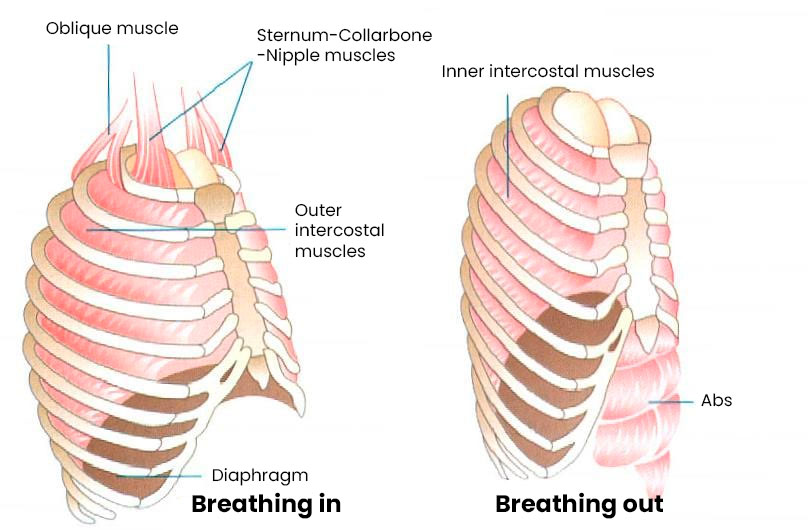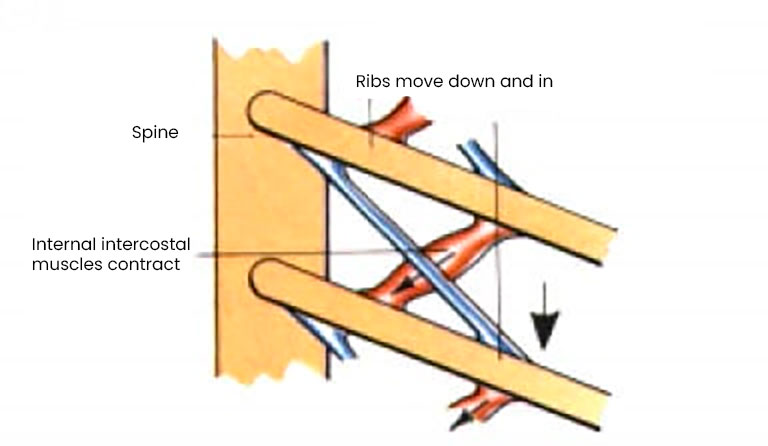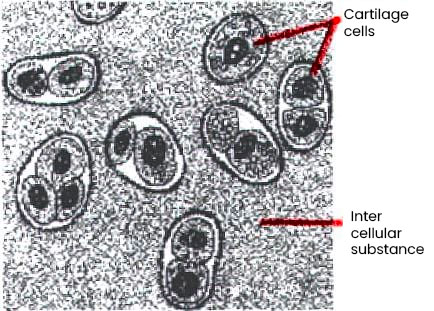Chest pain can have various causes and does not always have to do with Tietze. For example, it can also be caused by a heart condition. It is important to have this examined first, because a heart condition can be life-threatening in the short term. That’s why doctors usually have an electrocardiogram (ECG) and a chest x-ray made, as well as doing various blood tests. If they do not trust the symptoms and even if all tests show a normal picture, they can sometimes have the patient be taken in, because normal tests do not completely exclude a heart attack.
If Tietze is eventually diagnosed, if the patient has doubts, it is a good self-test to press with a finger on the painful area. If the pain becomes even worse, it can not be the heart or lungs that cause the pain. The heart and lungs are too deep to induce a painful stimulus with a finger.
When in doubt always consult a doctor.
When we inhale the external intercostal muscles (between the ribs) and diaphragm contract to expand the chest cavity. The intercostal muscles move the ribcage upwards and outwards. (fig. 1)

image 1. Inhale
When we exhale, the external intercostal muscles relaxes and therefore the tension on the ribs also relax. (fig.2)

image 2. Breathing out
Tietze and costochondritis
To make movement of the ribcage possible for inhaling and exhaling, the ribs are connected to the sternum with flexible cartilage. When a sudden sharp pain on the ribcage near the connection of a rib to the sternum can be felt and when pressure on the sternum or the rib causes even more pain, it could be an indication that this might be Tietze syndrome. This is a barely understood inflammation of the cartilage connection between ribs and sternum.
It is not a life threatening condition however it can cause severe pain, even more so when coughing or sneezing. With Tietze, no abnormalities will be found in the blood. If the same kind of pain is felt at cartilage connections other than the sternum/rib, it is most likely costochondritis.
If pain only occurs near the sternum and there is a swelling near the sternum, it could be an indication for Tietze Syndrome. Is the pain on other parts of the ribs, it could be an indication for costochondritis.
Sternum
The sternum is a flat bone, 15-20 cm long, located in the middle front side of the chest and consists of three parts.
- The manibrium
- The body
- xiphoid process
On both sides of the sternum there are seven notches for the connection of the cartilage to the upper seven ribs. The top of the sternum also has two sideway notches for connection to the collar bones. The sternum is a complex joint as it also is the place where other muscles, nerve system (plexus Solaris) and tendons are connected. The Xiphoid Process is a swordlike extension that mostly is made of cartilage.
With Tietze it must be noted that the first manifestations of the swelling will be located at the lower part of the sternum. The sternum is diagnostically important, because the pain that occurs in many diseases, such as Angina Pectoris, Heart attack, embolic lung, gastric ulcer or pancreatitis, will all be felt near the sternum.
 image 3
image 3
Gliding Joint
is a common type of joint formed between bones that meet at flat or nearly flat articular surfaces. Gliding joints allow the bones to glide past one another in any direction along the plane of the joint – up and down, left and right, and diagonally. When two bones are exposed to forces, for example shocks or movements like walking, lifting or pushing, they glide past each other and friction will occur. The friction surface of every joint is covered with cartilage that acts as a buffer. This cartilage is constantly renewed.


image 5
Cartilage has, among other things, the following functions:
- Forms a kind of lower layer due to the lining of the joint surfaces, making the movements in the joint surface smooth. When the cartilage lining of the joints abates (arthrosis) or goes light (Tietze), movements become extremely difficult or painful
- Plays an important role in the formation of many bone pieces, such as in the longitudinal growth of pipe bones
- Often forms a smooth bone connection, for example between ribs and sternum
- Gives shape to certain body parts (ear and nose)






